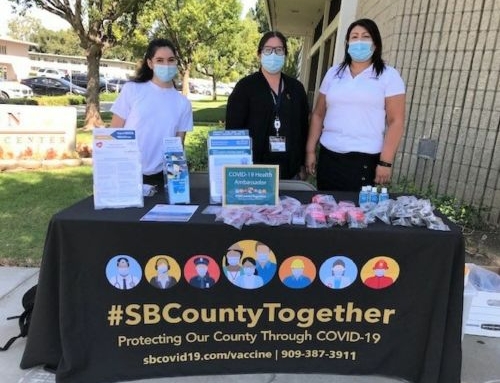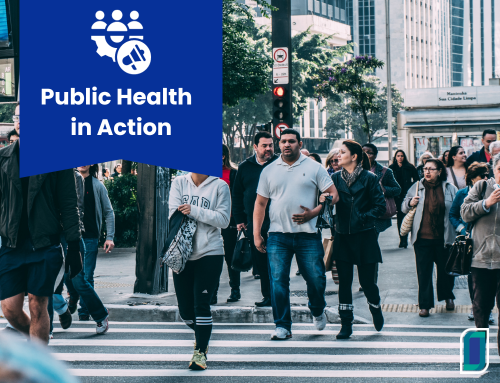Innovation Description
The environment in which people live, work, and learn has a profound impact on health, but policies and programs that shape environments generally fall outside the jurisdiction of health agencies. The Colorado Department of Public Health & Environment Office of Health Equity (COHE) is testing a variety of strategies to build buy-in for using a “health in all policies” (HiAP) approach. COHE’s ultimate aim is to sustain improvements in the social determinants of health by addressing equity across state agencies. To that end, activities for this innovation are focused on spurring cross-disciplinary networks and policy/systems level changes.
Major Accomplishments
- COHE hosted Colorado’s first statewide Equity Forum. This included hosting attendees from a variety of disciplines and geographies, many of whom were new to the concept of equity.
- COHE used innovative and cross-disciplinary methods to publish the Equity Action Guide.
- COHE formed the Colorado Equity Alliance, which is focused on addressing state policies and systems that create or perpetuate inequities.
- COHE hosted a workshop on the concept of sharing power with state agency leadership. This can be a difficult topic to discuss, but the workshop was well-received, and presented even more opportunities for collaboration across state agencies.
- COHE developed a new curriculum for a community data workshop to intentionally connect the power of community leaders with the power of data. Participants learned foundational steps of how to use data in projects, where to find data, and how to share results with stakeholders.
- Through its Health Disparities Grant Program, COHE began funding grantees to address the social determinants of health through policy and systems changes.
Barriers and Challenges
- There was no blue print to execute the individual activities in Colorado’s project, which required paving many new roads and creatively maneuvering challenges as they arose.
- Hiring a social epidemiologist was challenging because it required a rare skillset (a combination of traditional epidemiology, sociology, and qualitative methods).
- The initial process of forming cross-sector partnerships proved cumbersome. At times it was difficult to get new partners outside of traditional health to engage, particularly because work tends to be so siloed.
- Systems change is slow, and at times it can feel like nothing is changing. The good news is that once a long-term change is in place, the work should sustain itself.
Replication Efforts
Don’t shy away from testing simultaneous activities, even if all the answers aren’t clear up front. It sometimes works better to “build the plane while flying.” It may not be feasible to adopt every piece of our project, but any state or jurisdiction could adopt/adapt individual pieces to a local context, e.g. the Equity Action Guide methods could easily be adapted to public health assessments and improvement plans. COHE recommends leading Health in All Policies approaches with an equity lens rather than a health lens in order to prevent unintentionally creating wider health disparities. It is also important to hire dedicated staff who are familiar with managing systems-level change and cross-disciplinary collaboration.
Resources
- Innovation Summary Document
- Case Study Report





